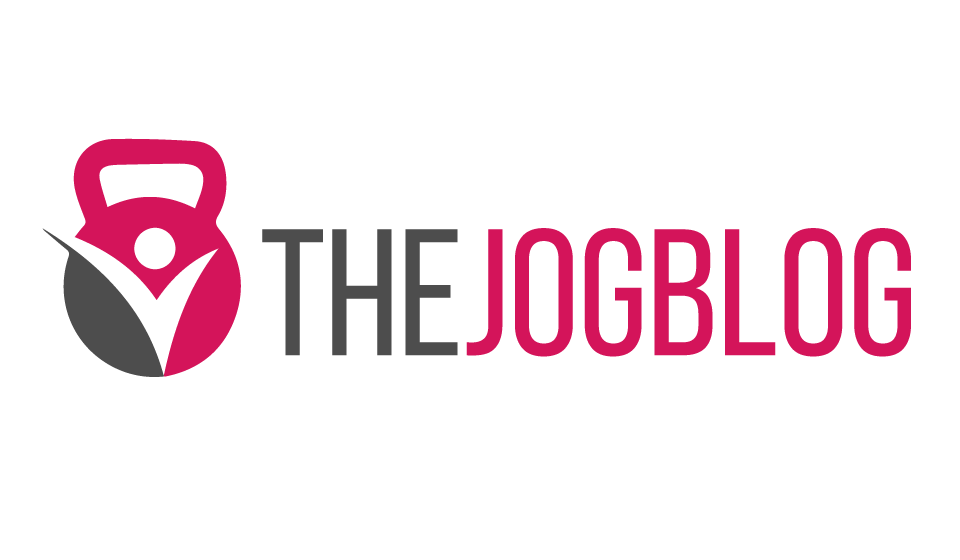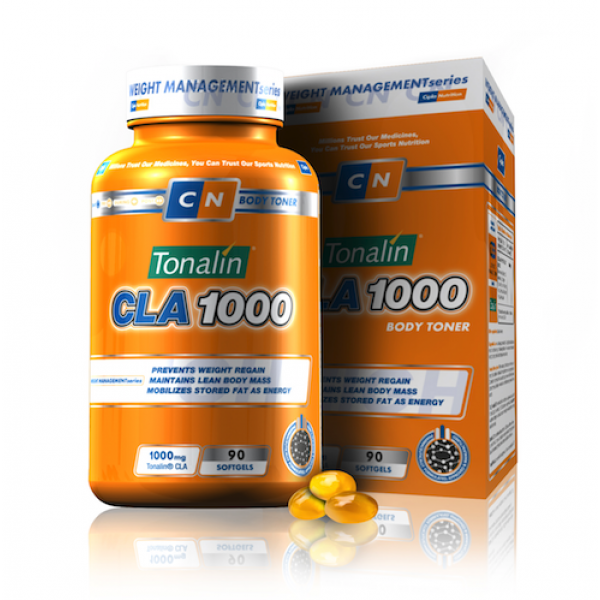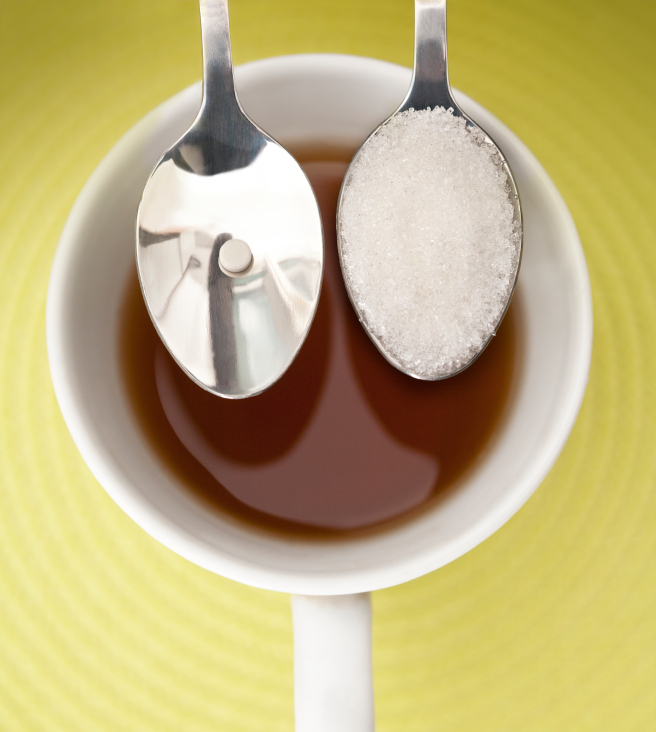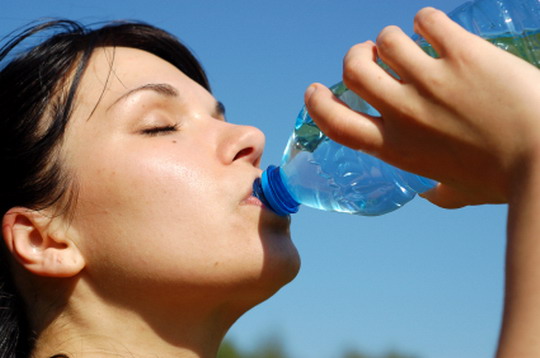Complete Guide On How To Read Food Labels Properly
Reading and understanding food labels is essential when trying to keep to a healthy, balanced diet. To many people this is a daunting task and often just ignored. The wealth of information available on food labels can make a significant difference; not only to the way you shop, but more importantly to the way you eat. All the relevant information has already been provided, so it’s merely a matter of using it wisely to make healthy food choices. Here are some useful tips to quickly and effectively assess a food item based on the information found on its label.
-
The ingredients list:
When there is no nutrition information table, an ingredients list can be useful. Each ingredient is listed in order of mass (weight) from the highest to lowest. Try to avoid foods which have sugar, butter, salt or hydrogenated fat appearing at the top of the ingredients list as these are what make up the product the most. Likewise if salt, is right at the bottom of the list, you can assume that it is included in a relatively low amount.
-
Serving size:
This gives an indication of the item’s suggested serving or portion size. To find out how many servings the container contains, simply divide the mass of the product (e.g. 500g), by the serving size (e.g. 50g). That gives you 10 servings
-
Kilojoules / Calories:
This indicates the amount of energy you receive from a serving, or per 100g. Food’s energy values are given in kilojoules or calories. In South Africa the energy value is given in kilojoules and to get to kilojoules from calories, simply multiply the number of calories by 4,2. Generally woman require 6300 – 8400kJ per day, depending on how active they are and men require 7560 – 10500kJ per day. If you’re trying to maintain a healthy weight, choose the product with the lowest calorie or kilojoule value per 100g.
-
Fats:
Some food labels divide the total fat content into saturated, monounsaturated, polyunsaturated, and trans fat. Monounsaturated and polyunsaturated fats provide us with the essential fatty acids that the body needs. Remember to limit foods which are high in saturated or trans fats.
-
Sodium:
If you have high blood pressure or want to manage your salt intake, consider checking the sodium values. Salt is often mentioned as sodium on food labels.
-
Carbohydrates/sugars:
Simple carbohydrates are often listed on food labels as “carbohydrates of which sugars”. These include sugars which have been added, as well as the natural sugars found in certain foods. You should aim to get most of your energy from high fibre carbohydrates, rather than those containing simple sugars.
-
Dietary fibre:
Good sources of fibre include breakfast cereals (Futurelife), beans, mixed unsalted nuts, whole wheat /seed bread, baked beans, fruit and vegetables. Aim to have about 25g-30g fibre per day. The two types of fibre include soluble and insoluble. These are not usually listed in the nutrition table, but make up the total fibre content.
-
Allergy advice:
Labels often contain information to alert anyone who has a food allergy or intolerance, identifying any ingredients they may need to avoid. This could include advice on foods containing milk, nuts, gluten, and soya.
Labelling Legislation:
Certain health and product claims can only be made if the product complies with the labelling legislation. The following applies to all health claims:
Fat Free = Less than 0.5g fat per 100g (solids) or Less than 0.5g fat per 100ml (liquids)
Low fat = Less than 3g fat per 100g (solids) or Less than 1,5g fat per 100ml (liquids)
Low in Saturated fat = 1g or less per serving & not more than 15% of calories from saturated fatty acids
Reduced fat = At least 25% less fat per serving than a regular version of the food
Low in cholesterol = less than 20mg per 100g or 10mg per 100ml
Cholesterol free = Less than 5mg cholesterol per 100g/ml.
*The goal is to have less than 300mg of cholesterol per day.
Lite = Less 30% fat compared to its standard counterpart
No sugar added sugar =Free from sucrose (cane sugar)
Sugar free = Less than 0.5g sugar per serving
Sodium free = Less than 5mg per serving
Low Sodium = 140mg or less per serving
High in fibre = 5g of fibre or more per serving
Watch out for misleading information:
Often food companies use misleading words to entice consumers into thinking their product is healthy. Watch out for the following few phrases:
-
Fat free: Be cautious of comments such as “fat free”. It does not mean that the product is necessarily healthy. The product might be laden with sugar and still high in calories.
- Cholesterol free : Cholesterol free or low cholesterol may well mean that the food in question is low in cholesterol, but it can still be a high fat food and even be high in saturated fats, which raise cholesterol levels eg. Plant oils do not contain cholesterol but are still 100% fat and therefore high fat foods.
-
Sugar free: If a food is labelled sugar free it does not imply that the food can be eaten in large quantities or that it is inherently ‘healthier’. Because it claims to be sugar free it merely means that it doesn’t contain added sucrose (table sugar). It can still however contain large quantities of glucose, fructose, lactose, sorbitol, malitol, all of which add energy to the content of the food. Many sugar free products are often higher in fat than the standard product. Sucrose free diabetic products often have more fat than regular products (e.g. chocolates)
-
No sugar added: Look out for products that make statements that can’t possibly be true. For example, a sweet tasting product that states “no sugar added” might already have sugar in the natural form, e.g. fruit juice already contains fructose.
-
Trans fat free: Certain products that would never ordinarily contain fat (e.g. glucose sweets) sometimes claim to be free of trans fats. This tricks the buyer into thinking they are healthier than their counterpart, even though neither would ordinarily contain any form of fat.
-
Diet or Slimmers Choice: Words such as these often mislead us into thinking the products bearing these labels are healthy. You need to be a little bit more discerning, and scrutinise the label carefully as these products aren’t always what they seem to be.
So take this information and use it to help you make healthier food choices when purchasing or consuming food products.




You must be logged in to post a comment.
You must log in to post a comment.